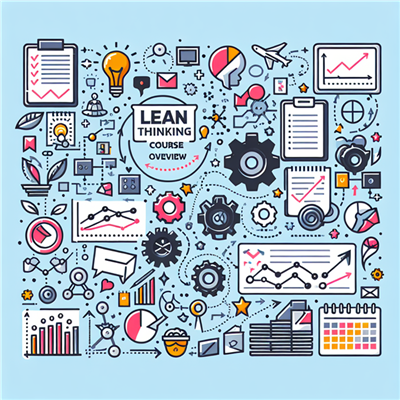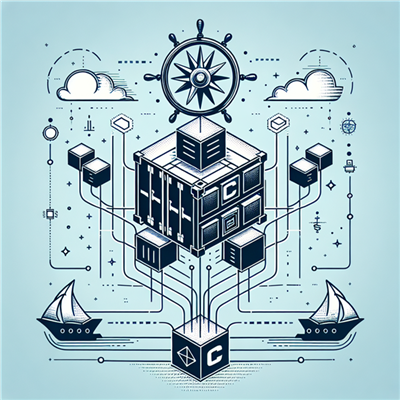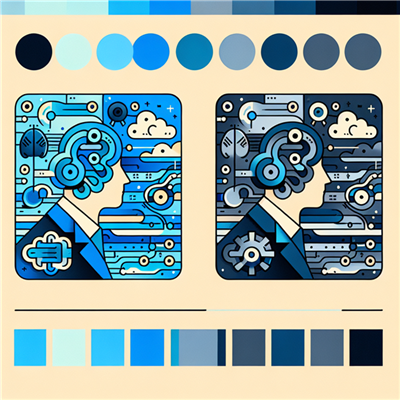
As artificial intelligence (AI) continues to permeate industries ranging from healthcare to finance, the demand for professionals skilled in advanced AI methodologies is on the rise. Among the specialized fields within AI, reinforcement learning (RL) stands out due to its transformative applications in robotics, autonomous systems, gaming, and optimization tasks. A reinforcement learning course equips students with a blend of theoretical understanding and practical skills, enabling them to design AI systems capable of learning through trial and error. Let’s explore the core skills that a comprehensive RL course will help you master, from foundational concepts to advanced techniques.
Skills You’ll Gain from a Reinforcement Learning Course
1. Understanding Core Reinforcement Learning Concepts
At the heart of any reinforcement learning course are the foundational concepts that distinguish it from other types of machine learning. Students will begin by exploring these core principles:
- Agents and Environments: The basis of reinforcement learning involves agents that take actions within an environment to maximize a cumulative reward. The agent-environment interaction is central to understanding how learning and adaptation occur.
- Rewards and Penalties: Reinforcement learning focuses on maximizing a reward signal, which requires understanding how reward functions work and how penalties and rewards shape agent behavior.
- Markov Decision Processes (MDP): Most RL problems are framed as MDPs, where decisions are based on the current state rather than past actions. Courses emphasize the role of MDPs in modeling sequential decision-making.
- Exploration vs. Exploitation: Striking a balance between exploring new strategies and exploiting known information is a recurring theme in RL. Learning how to manage this trade-off is crucial for building effective RL models.
Mastering these foundational concepts provides students with a framework to analyze and approach a wide range of RL problems.
2. Policy Optimization Techniques
Policy optimization is a key skill in reinforcement learning. It involves defining strategies (policies) for agents that maximize cumulative rewards. Different approaches to policy optimization are covered in an RL course, including:
- Policy-Based Methods: Students learn about direct optimization of the policy, where the objective is to maximize the total expected reward. This includes techniques like Policy Gradient Methods, where gradients are used to adjust policies in a direction that increases expected rewards.
- Value-Based Methods: Value-based methods, such as Q-learning (discussed in more detail below), involve optimizing a value function that estimates the expected reward of each action, helping agents make informed decisions.
- Actor-Critic Methods: Combining the best of both policy and value-based methods, actor-critic models simultaneously estimate both the policy and the value function, allowing for more stable training.
These techniques are crucial for developing adaptive agents that can effectively interact with complex environments. Policy optimization is especially useful in high-stakes applications, such as financial trading algorithms and autonomous vehicles.
3. Q-Learning and Temporal Difference Learning
Q-learning is a widely used algorithm in reinforcement learning, known for its simplicity and effectiveness in training agents to learn policies. Through Q-learning, students learn to calculate the expected utility of different actions in specific states, helping the agent make optimal decisions without requiring a model of the environment.
- Temporal Difference (TD) Learning: Q-learning is a subset of TD learning, which combines Monte Carlo methods and dynamic programming to learn directly from raw experience. TD learning methods are widely applicable in RL because they allow agents to learn from incomplete sequences of experience.
- SARSA (State-Action-Reward-State-Action): SARSA is another popular TD learning technique that contrasts with Q-learning. Students gain insights into when to use each approach depending on the stability and exploration needs of the task.
Q-learning and TD learning provide a practical foundation for real-world applications, such as customer behavior modeling, energy consumption optimization, and traffic management systems.
4. Mastery of Neural Networks and Deep Reinforcement Learning
For those interested in tackling high-dimensional problems, understanding neural networks is essential. In reinforcement learning, neural networks are often used to approximate policies and value functions in complex environments. A thorough RL course covers:
- Deep Q-Networks (DQN): Students learn how deep learning techniques can be applied to Q-learning to solve tasks with complex, high-dimensional state spaces. DQNs are an example of deep reinforcement learning and are famously used in game-playing AI.
- Policy Gradient Methods in Deep RL: Deep RL courses explore policy gradient methods applied with neural networks, equipping students with techniques like Proximal Policy Optimization (PPO) and Trust Region Policy Optimization (TRPO), both of which are common in continuous action spaces.
- Convolutional Neural Networks (CNNs): In cases where state information comes from image data (e.g., in visual reinforcement learning), CNNs are used to process visual input, enabling agents to make sense of complex environments.
Skills in deep reinforcement learning allow students to address complex, real-world problems in robotics, healthcare, and logistics, where multi-layered neural networks support the handling of massive data.
5. Implementing and Debugging Reinforcement Learning Algorithms
Building a successful RL model involves more than knowing the theory—it requires hands-on skills in implementation and debugging. Courses often include practical assignments that teach students to:
- Set Up and Train Agents: Understanding the nuances of parameter tuning and designing effective training protocols is essential for high-performance models.
- Debugging and Error Analysis: Students learn troubleshooting skills, identifying and fixing issues such as reward misalignment, instability, and overfitting, all common pitfalls in RL.
These skills are highly valuable for anyone aiming to work in research or industry roles where reinforcement learning is applied, as they ensure robustness and reliability of AI models.
6. Practical Applications and Project Experience
A key component of RL courses is project-based learning, where students apply their skills to real-world problems. Projects often cover:
- Game-Based Applications: Many students begin by developing AI agents for simple games, a safe space to learn strategy development and behavior refinement.
- Robotic Control: Courses may offer simulation environments for robotic arms or drones, helping students understand real-time control applications.
- Financial Modeling and Trading: Reinforcement learning is applied in finance for portfolio management, options trading, and dynamic pricing strategies.
Through hands-on projects, students gain confidence in their ability to apply RL principles and algorithms to real-world scenarios, a critical skill in fields like automation, robotics, and finance.
7. Ethical and Responsible AI in Reinforcement Learning
An emerging area in AI education is responsible AI, which examines the ethical implications of reinforcement learning. Courses may cover topics such as:
- Bias and Fairness: Ensuring algorithms do not reinforce existing biases, especially in areas like hiring, lending, or criminal justice.
- Reward Function Design: Poorly defined reward functions can lead to unintended and potentially harmful behaviors. Understanding how to create well-aligned reward structures is critical.
Ethics in AI is essential for students looking to make a positive impact and adhere to best practices in developing reinforcement learning applications.
Conclusion
A reinforcement learning course offers a comprehensive education in one of the most exciting fields within AI. From mastering foundational concepts like agent-environment interaction to implementing complex deep learning algorithms, students gain a skill set that is highly relevant to today’s job market. The abilities developed in policy optimization, Q-learning, neural networks, and responsible AI prepare learners for impactful careers across a wide range of industries. For anyone looking to enter or advance in the world of AI and machine learning, reinforcement learning provides both the knowledge and the practical skills needed to thrive.
Upon completion of the course, you usually receive a certification, validating your skills and knowledge in reinforcement learning.
To acquire these skills and more, you should consider enrolling in the reinforcement learning training offered by Koenig Solutions, a leading IT training company providing certifications in top technology courses. Their expert-led training programs are designed to equip you with the knowledge and skills required to excel in the field of reinforcement learning.







COMMENT